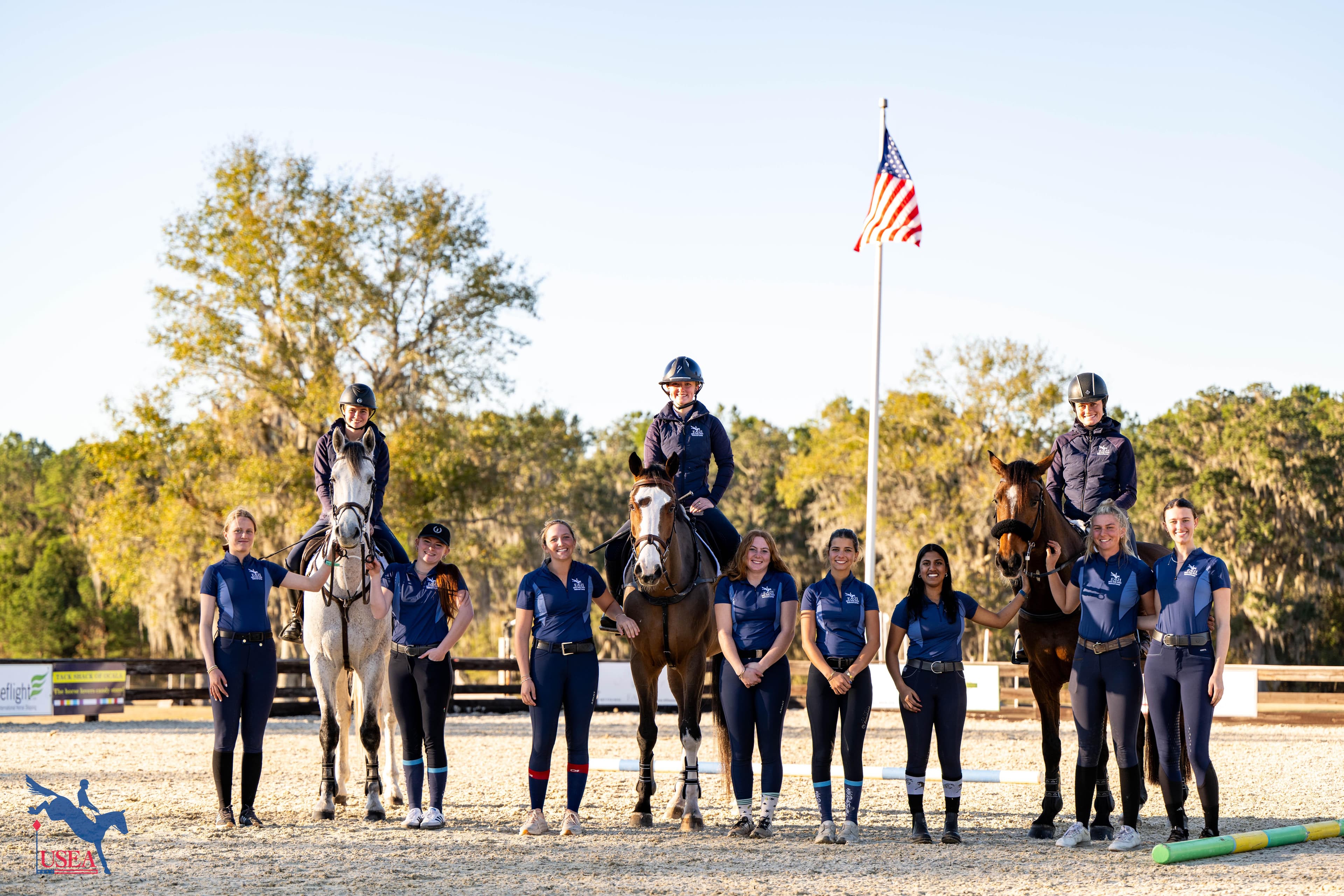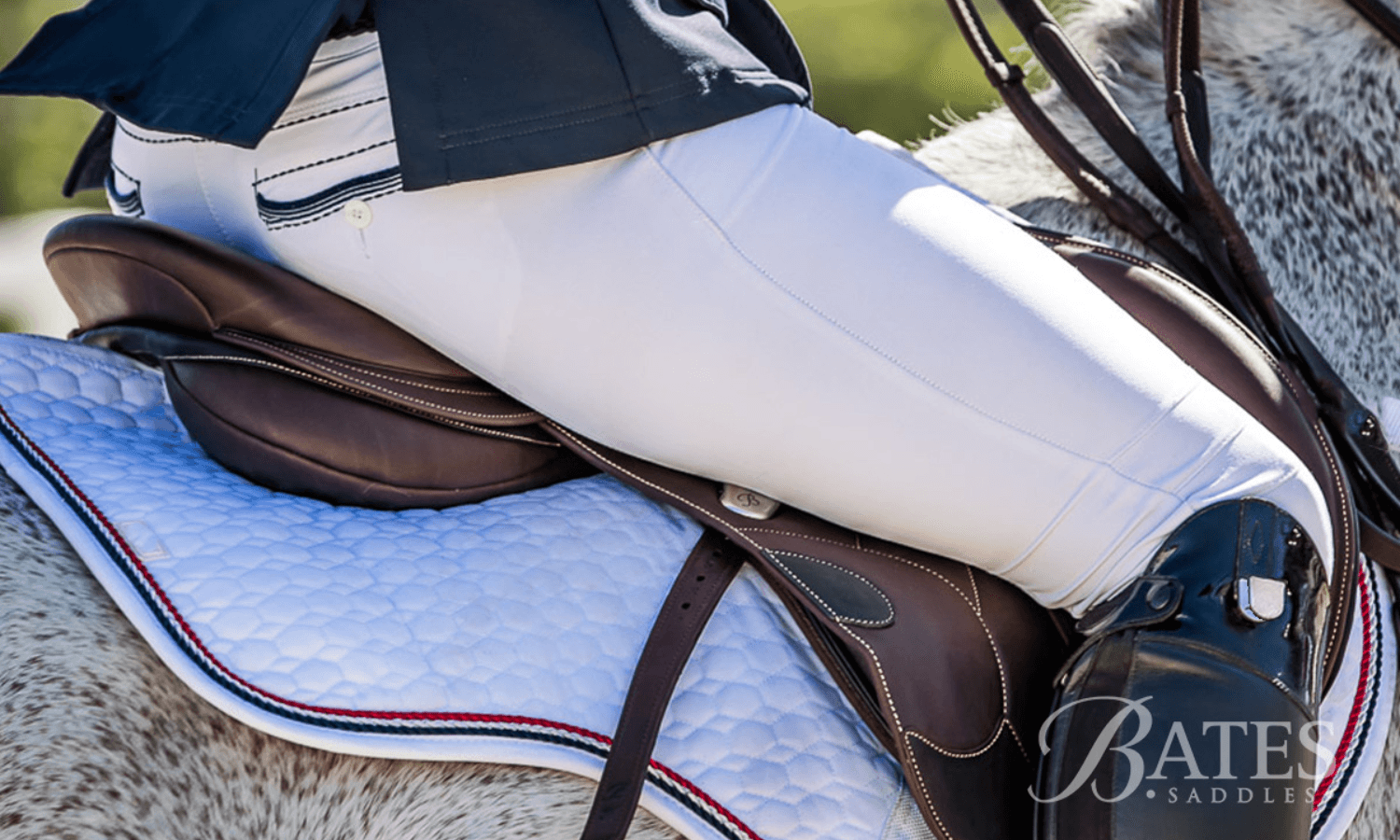Training Tips for the Long Format with Dr. Jennifer Miller
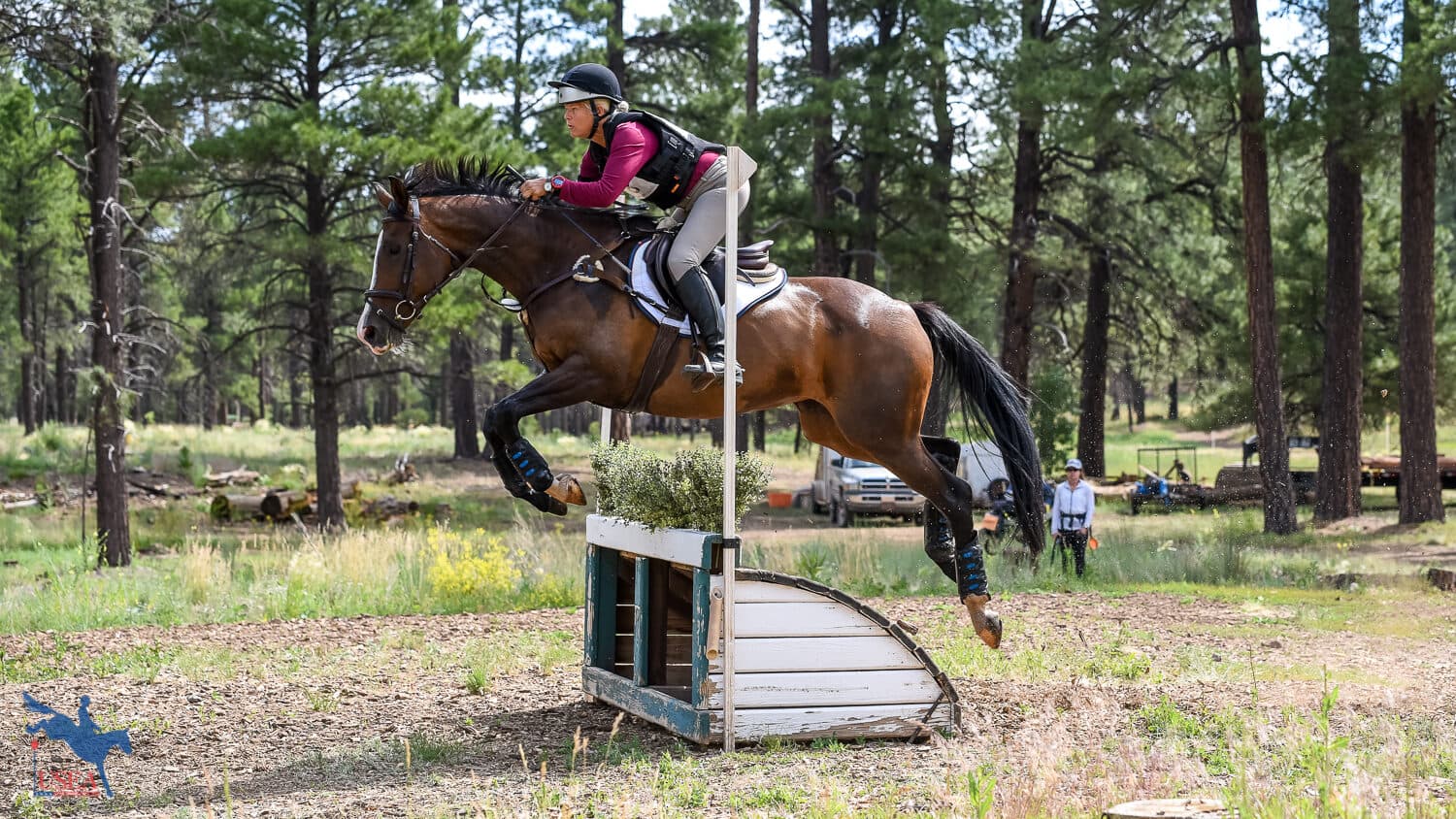
There have been numerous event cancellations this year due to COVID-19, including all but one of the 2020 USEA Classic Series events. The Waredaca Three-Day Event in Laytonsville, Maryland is still set to take place six weeks from now on October 22-25, 2020. This Classic Series event features Preliminary, Training, and Novice Three-Day divisions and will offer competitors the opportunity to experience the four phases of endurance day, two horse inspections, and a week packed with educational content. While the USEA Classic Series events attract the thrill seekers and adrenaline enthusiasts, these events also require more conditioning and a higher level of fitness than regular horse trials.
In his conditioning schedule, Jim Wofford pointed out that there are many successful systems in place when preparing for a Classic Series event, and Dr. Jennifer Miller sheds a light on her system, which helped her secure the win at last year’s Coconino Training Three-Day Event and a second-place finish at Galway Downs Training Three-Day Event. Miller, from Arizona Area X, is a proven Classic Series competitor, a member of the USEA Classic Series Task Force, and a practicing equine veterinarian.
The first tip Miller provided was for a Classic Series competitor to know the rules. “If a competitor is unfamiliar with the Classic Series format, this is the time to get familiar with not only the requirements of the different phases but the rules of how the phases are interconnected and are performed on the day of competition.” The rules and requirements can be found in the USEA Classic Series Guidelines.
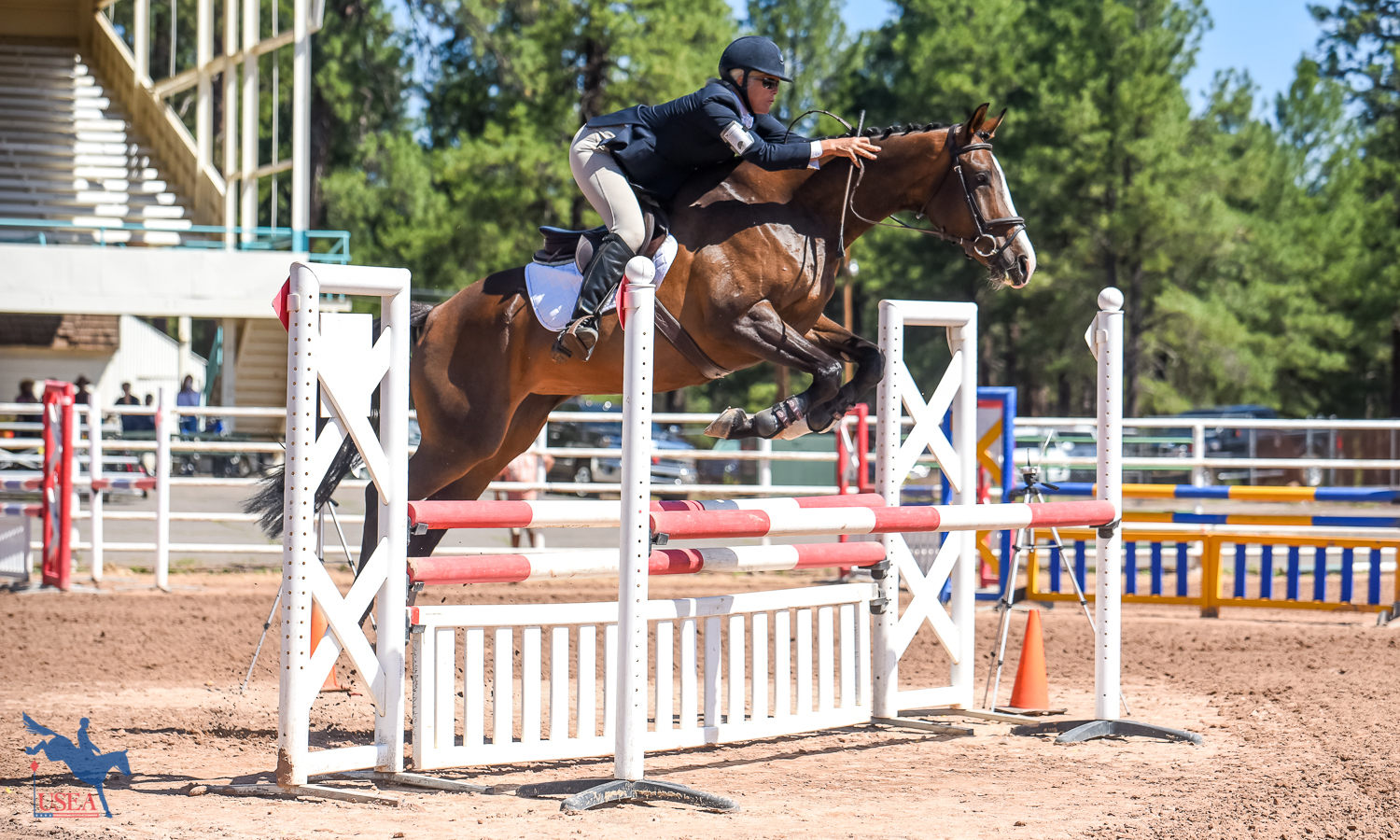
Many of Miller’s additional tips relate to the conditioning for endurance day, a four-phase test that has two sets of roads and tracks (phase A and phase C), steeplechase (phase B), and cross-country (phase D). Miller explained that a “conditioning schedule should start at least six weeks before the competition begins. An assessment of the current level of fitness is a very important starting point in looking ahead to what needs to be achieved in preparation for the Classic Series event.”
Miller emphasized knowing the speeds, distance, length, and speed fault time for every phase on endurance day. Phase A and phase C are both roads and tracks, and in these two phases the lengths and speed are the same for Beginner Novice, Novice, and Training level. “Phase A is done at 220 meters per minute, the total distance is 2200-3500 meters, and the total time is 10-16 minutes of trot/walk. Phase C is done at 160-220 meters per minute, the total distance is 2400-5500 meters, and the total time is 25-35 minutes of trot/walk. If phase C is run at 160 meters per minute, there is a lot of time for walking in order to recover from phase B (steeplechase).”
For phase B, Miller outlined the speeds and lengths for Novice and Training level. “For Novice, the speed is 470 meters per minute, the total distance is 940-1410 meters, the total time is 2 to 3 minutes, and speed faults occur at 540 meters per minute. For Training, the speed is 450-470 meters per minute, the total distance is 1250-1560 meters, the total time is 2.5 to 3 minutes, and speed faults are not applied.“
Miller also outlined the speeds and length for Novice and Training level cross-country (phase D). “For Novice, the speed is 375 – 400 meters per minute, the total distance is 2200 – 2700 meters, and speed faults occur at 450 meters per minute. For Training level, the speed is 450 meters per minute, the total distance is 2250 – 3150 meters, and speed faults occur at 520 meters per minute.”
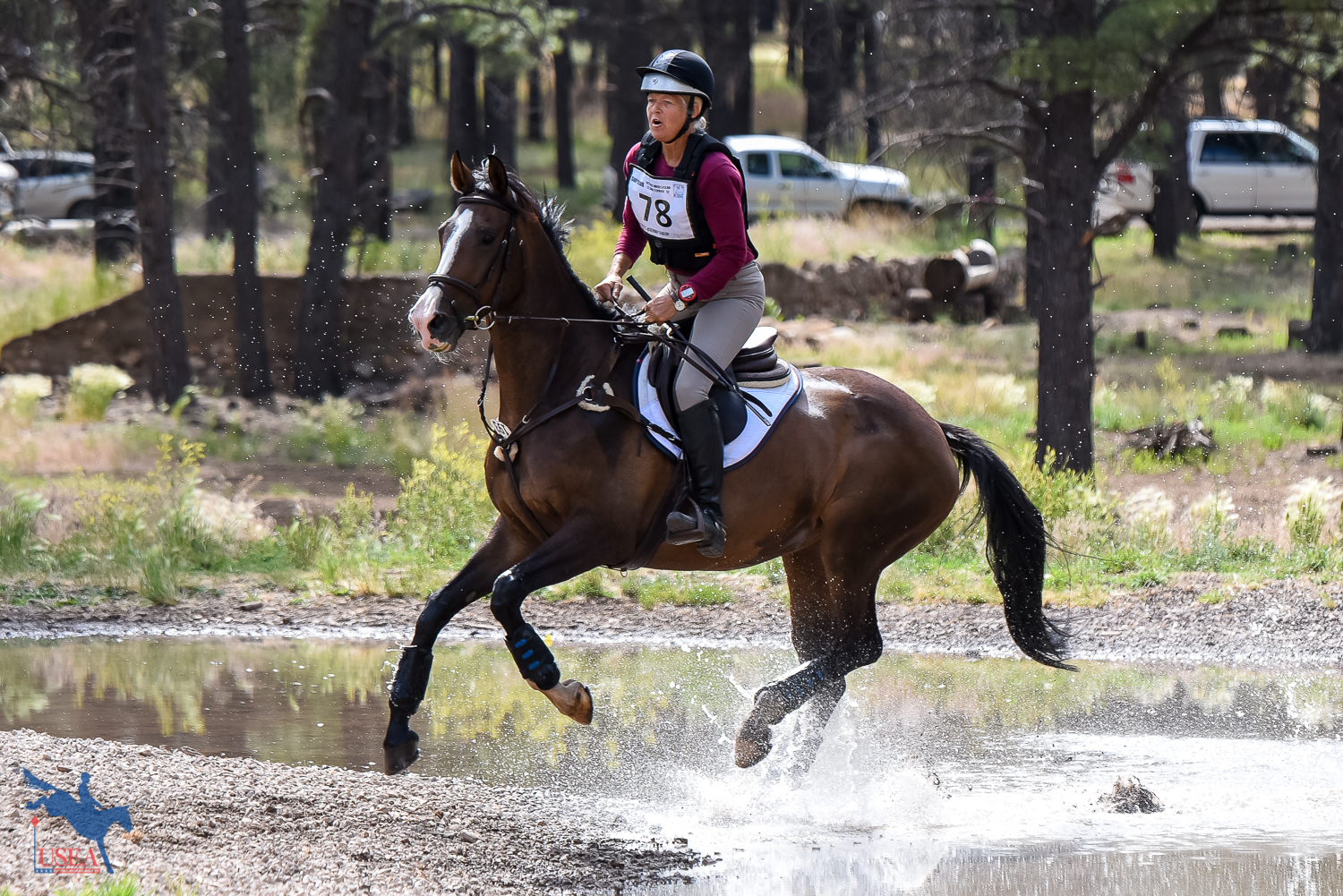
Getting a horse fit to perform the requirements listed above depends on many factors such as the horse’s baseline fitness level and where the conditioning work will take place. Miller explained, “Much will depend on what facilities you have available to train on. Good footing is essential to minimize the stresses on the limbs.”
“Conditioning days should be planned on a calendar [and] combined with dressage and jumping schooling days with a gradual increase in length and speed of canter sets depending on the final level you are conditioning towards. Conditioning days can be repeated one to two times per week.”
Miller’s conditioning for a Classic Series event is broken into two categories – conditioning work for roads and tracks and conditioning work for steeplechase and cross-country. For a conditioning day focused on preparing for roads and tracks, Miller advised doing a “long walk to warm up, 10-minute trot, two-minute walk, 10-minute trot, walk to cool down. Remember, you will be trotting anywhere from 25-45 minutes total with walk breaks. See what your level requires, you may add a third trot set.”
For a conditioning day that’s focused on preparing for steeplechase and cross-country, Miller advised doing a “long walk to warm up, 10-minute trot, two-minute walk, then canter sets divided by a two-minute walk. Cool down slowly at the walk. A canter set speed should be 350 to 400 meters per minute for three to four minutes. [Make sure to] note how long it takes for your horse’s respiration rate to return to normal.When environmental heat and humidity run high it is important monitor the horses rectal temperature during recovery.”
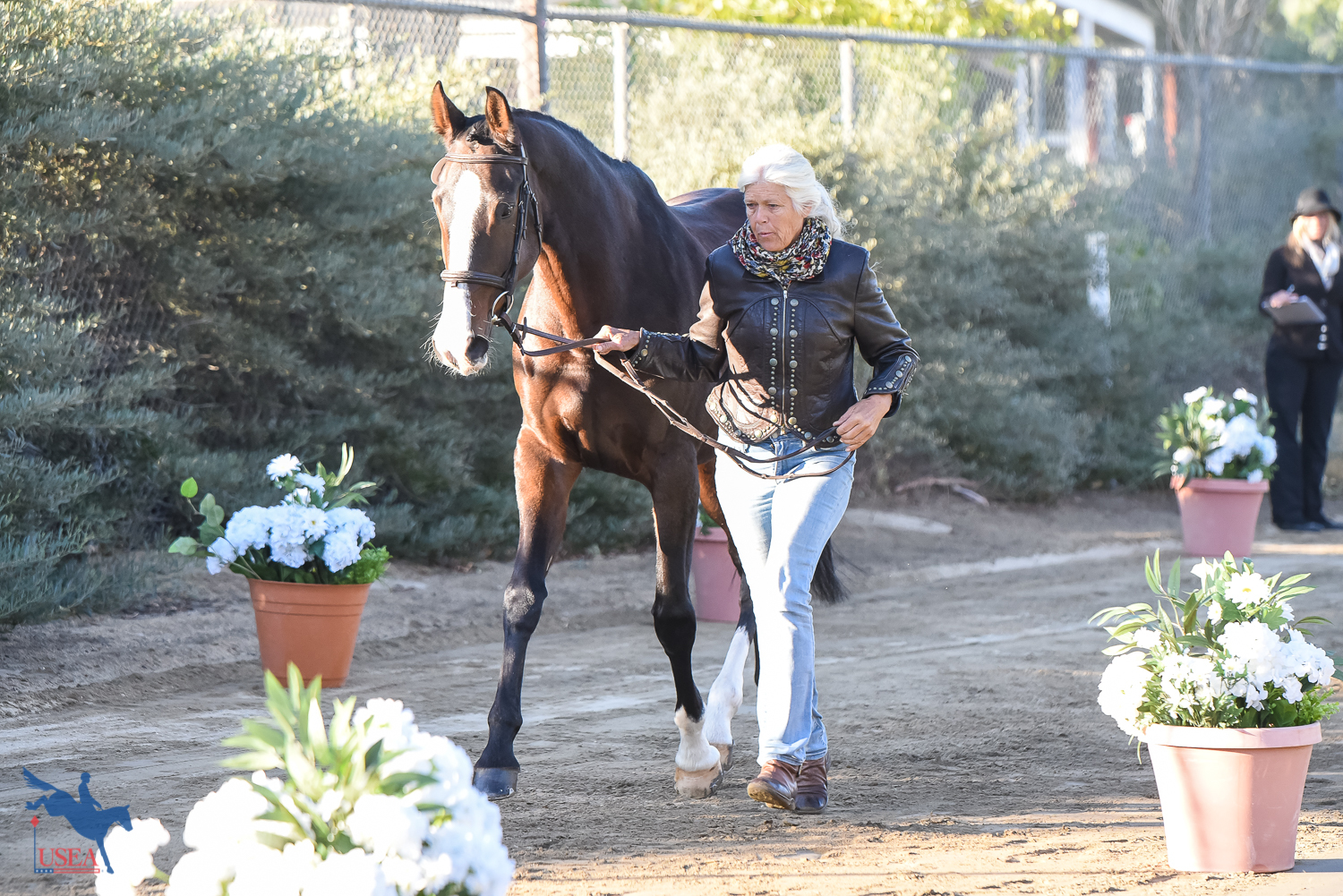
Miller emphasized that “developing a feel for the speeds traveled in meters per minute is critical. It is really important to practice your cross-country speed, steeplechase speed, and even speed fault speed so you know the differences. You will have to actually measure out a length of track to practice. If you don’t have a wheel to measure, then pace it out for an approximation of the distances. So, for example, Beginner Novice needs to learn what 350, 400, and 470 meters per minute feels like. Even if you measure laps in a good-sized arena or distance around a field it can be done with some effort and ingenuity. Measure each distance then practice meeting each distance over a one-minute duration.
“Measuring fitness is another skill. Determine where you and your horse’s fitness level are and where you need to be at the time of competition. Train together, gradually, beginning at least six weeks or more before the competition so you are confident you can perform on the day without being under or over-prepared. Measuring recovery with heart rate is a very effective method to gauge fitness, you can use a stethoscope or heart rate monitor. Recovery times should improve with fitness.”
Lastly, Miller said, “Getting some help from an experienced person is always a good idea. The Classic Series format is a challenge that will make you a better partner with your horse, give you an opportunity to improve your horsemanship, and it is just plain fun.”
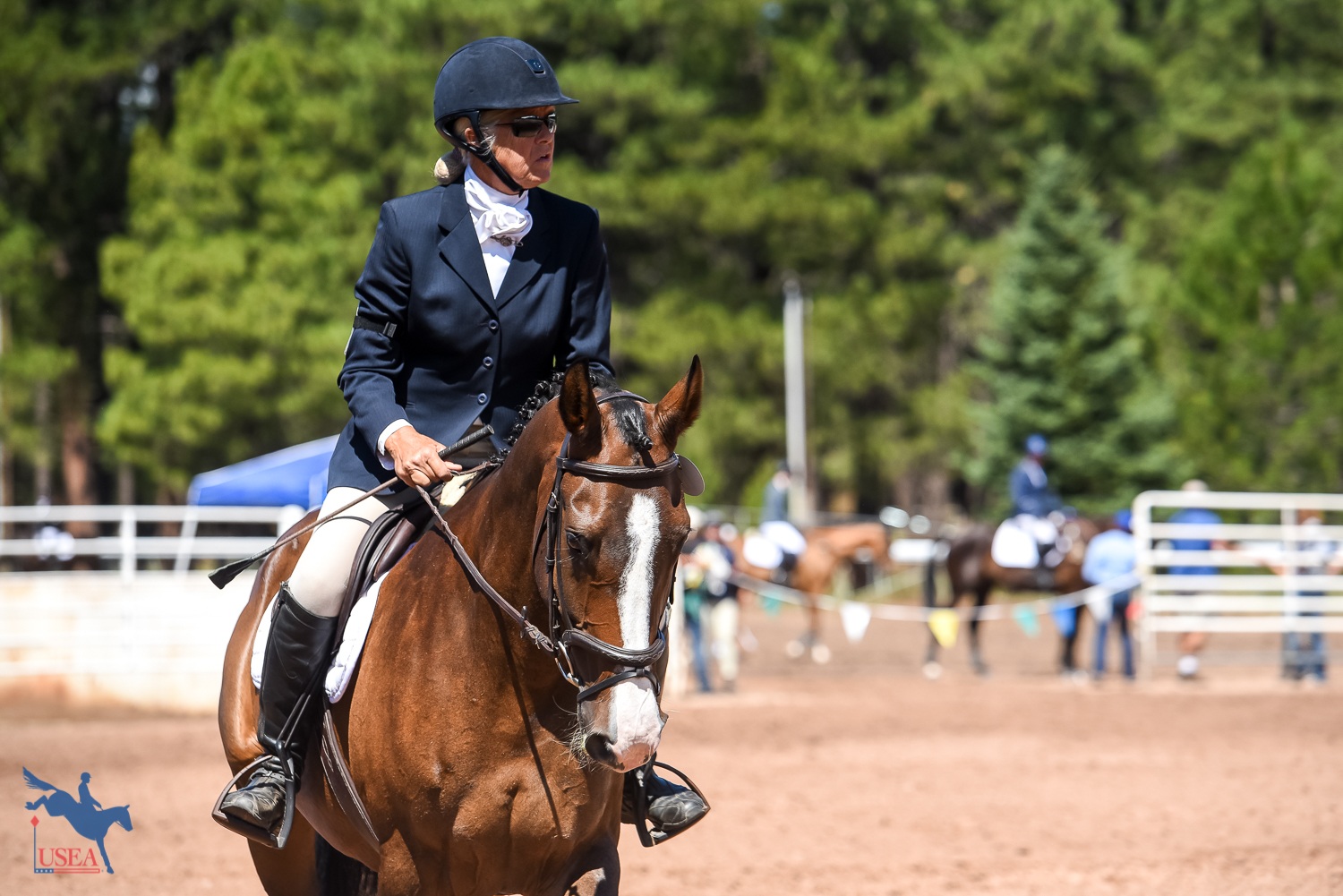
About the USEA Classic Series
The USEA Classic Series keeps the spirit of the classic long format three-day events alive for Beginner Novice through the Preliminary levels. Competitors can experience the rush of endurance day, including roads and tracks, steeplechase, the vet box, and cross-country, as well as participate in formal veterinary inspections and educational activities with experts on the ins and outs of competing in a long format three-day event. Riders who compete in a USEA Classic Series event during the year will have the chance to win a variety of prizes at the events from USEA sponsors. Click here to learn more about the USEA Classic Series.
The USEA would like to thank Bates Saddles,FITS, SmartPak Equine, Parker Equine Insurance, and Stackhouse & Ellis Saddles for sponsoring the USEA Classic Series.

